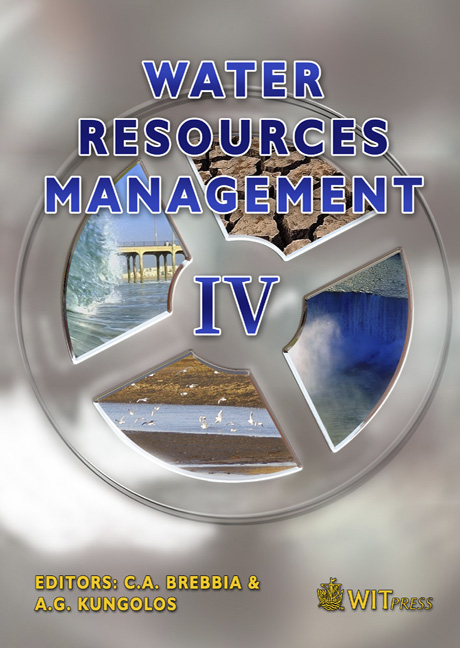A Case Study For The Ecovillage At Currumbin – Integrated Water Management Planning, Design And Construction
Price
Free (open access)
Transaction
Volume
103
Pages
9
Published
2007
Size
723 kb
Paper DOI
10.2495/WRM070041
Copyright
WIT Press
Author(s)
C. J. Tanner
Abstract
This paper will present a case study of the planning and development of the multi-award winning the Ecovillage at Currumbin, Queensland. The paper will focus on the integrated water management systems that have been implemented at the Ecovillage. The case study will present the vision, objectives and implementation of the Ecovillage including tracing the vision and objectives through the life of the development, comparing the outcomes to the objectives. The Ecovillage is a new type of development in which the objectives address the triple bottom line – economic, social and environmental – and result in new forms of development, for example reversing the usual ratio of private land: community land. The integrated water management systems are described briefly as follows. • There are no connections of either water or wastewater to municipal supplies, and it is understood that this is the first residential development in Australia to achieve this. • All rainwater falling on house roofs is collected in rain tanks and used to supply all potable water needs to the householder. • All site stormwater is managed by a system of swales, bio retention filters and ponds so that the development does not change either the water quality or water quantities of site runoff from pre to post development. Site stormwater collected in ponds is available for re-use to agricultural areas of the development. • All wastewater is collected via a low infiltration sewer reticulation system, treated to Class A+ and recycled for site irrigation, household toilet flushing and household external uses eg car washing. The lessons learned are wide ranging and include the need to develop a strong process based delivery from concepts through to construction, the need for systems thinking in design, with complex analysis supporting detailed design, and innovative construction management to achieve a world’s best practice development. Keywords: subdivision, planning processes, water sensitive urban design, integrated water management.
Keywords
subdivision, planning processes, water sensitive urban design, integrated water management.





